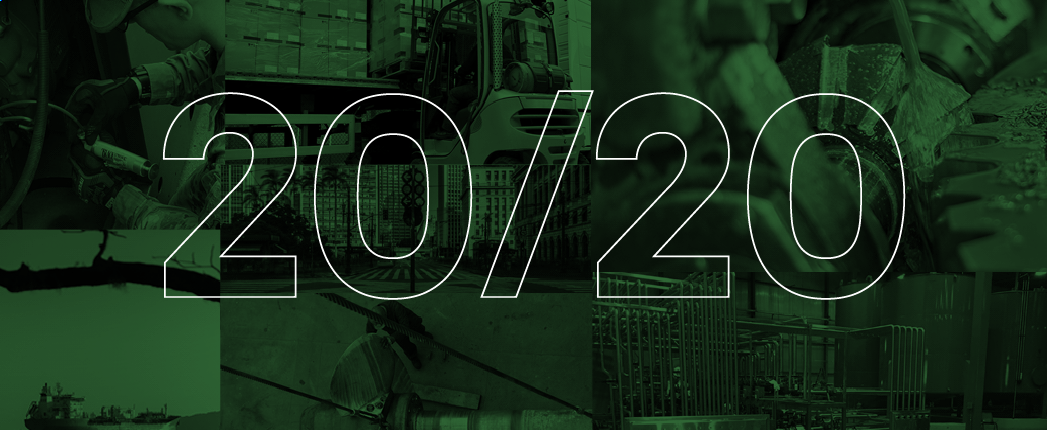
By now it’s become a cliché to say that the COVID-19 pandemic was the biggest event of 2020, and it certainly was for the lubricants industry in the Americas. But the year also witnessed plenty of other developments, from the implementation of several important performance specifications to a series of mergers and completion of capital projects.
The pandemic dealt heavy blows to many industries, spurring governments to shut down businesses and limiting a wide array of activities, but the oil industry was among the hardest hit. The sharp and sudden decrease in travel caused fuel demand to fall, forcing refiners to drastically curtail operations, thereby limiting base oil output.
Finished lube blenders in the United States obtained permission to remain open but struggled with a general decrease in demand for finished products, as well as base stocks and additives, though some sectors fared better than others.
The disruptions to supply chains and other business operations caused the lubes industry to invoke provisional procedures for motor oil licensing and lubricant formulation. Individual companies reacted to the disruptions by shortening supply chains. Many companies also struggled with hikes in transportation costs.
Overall the industry saw the greatest decrease in demand at least since the Great Recession, and the biggest question on many minds was how long the market would take to recover. There were signs of demand recovering during the second half of the year – for example from base oil output in the U.S. and Brazil – but observers said it was too early to predict when the market would return to normal. The combination of reduced base oil supply and reduced but gradually recovering sent base oil prices on a rollercoaster ride during the year.
Amidst all of the disruption, other business did continue. On May 1, the automobile and oil industries introduced API SP and ILSAC GF-6, a major update to engine oil performance standards for light-duty vehicles manufactured in North America. Eight years in the making, the specifications arrived four years late. The ILSAC specification consisted of GF-6A and GF-6B, making it the first ILSAC spec to be written that way. GF-6B applied to 0W-16 oils – a viscosity grade that was added for the first time – while 6A applied to legacy grades.
The National Lubricating Grease Institute introduced a major new standard in December – its High Performance Multiuse specification that defined higher levels of performance than the existing GC-LB specification while also defining several other areas of performance.
Mexico also adopted an engine oil specification that modernized requirements for that market. Allison updated its widely recognized spec for automatic transmission fluids.
The pandemic did not slow the pace of mergers and acquisitions in the industry. One of the largest private label lubricant manufacturers in the U.S., Warren Distribution Inc., was purchased by Pritzker Private Capital. DuBois Chemicals bought the famous Cimcool metalworking fluids business from Hillenbrand Inc. Another equity firm, Ardian, bought a 50% stake in Angus Chemicals. Altivia Oxide Chemicals LLC bought KMCO and its chemical ethoxylation manufacturing assets out of Chapter 7 bankruptcy. Silicone lube manufacturer PolySi Technologies became the latest acquisition of Germany-based Fuchs Petrolub. Specialty chemicals supplier Vertellus bought lube additives manufacturer Bercen.
Calumet Specialty Products Partners bought wax maker Paralogics in March. Later in the year the company reportedly put its finished lubes business up for sale.
A few significant capital projects were also completed during the year. ExxonMobil expanded its finished lube plant in Port Allen, Louisiana, and Novvi opened a biobased base stock manufacturing plant in Deer Park, Texas.